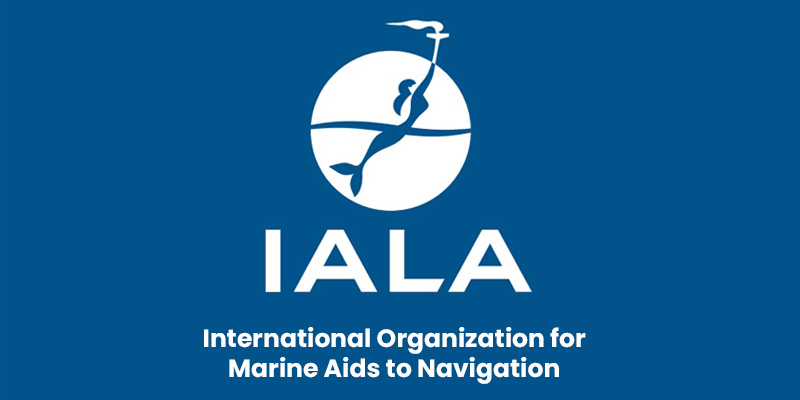Maximum Residue Limits (MRLs)
Context:
The Food Safety and Standards Authority of India (FSSAI) said that India has one of the most stringent standards of maximum residue limits (MRLs) in the world.
The Food Safety and Standards Authority of India (FSSAI) is an autonomous statutory body established under the Food Safety and Standards Act, 2006. It is responsible for ensuring the safety and quality of food products in India.
FSSAI’s key functions include:
- setting standards for food products,
- developing safe food practices,
- licensing food businesses, ensuring
- compliance through inspections,
- testing food for standards,
- training and building capacity, and
- promoting general awareness about food safety and food standards.
Regulations of Pesticides: Pesticides are regulated by the Central Insecticide Board and Registration Committee (CIB & RC) under the Ministry of Agriculture and Farmers Welfare.
More on News:
- MRL is the maximum amount of pesticide residue expected to remain on food products.
- The development came as some media reports claimed that FSSAI allowed 10 times more pesticide residue in herbs and spices.
- The FSSAI raised the MRL for a pesticide in herbs and spices to 0.1mg/kg from 0.01mg/kg.
- The food safety authorities in Hong Kong, Singapore and the European Union (EU) recently banned four products of two popular Indian spice brands citing the presence of ethylene oxide.
Ethylene oxide, a colourless and flammable gas with a faint sweet smell, is widely used in various consumer products, detergents, plastics, and other chemicals.
Impacts of Pesticides Consumption:
Human Health Impacts:
-
-
- Acute poisoning: This can occur from direct contact, inhalation, or ingestion of pesticides, leading to symptoms like skin irritation, nausea, vomiting, dizziness, and even death in severe cases.
- Chronic health effects: Long-term exposure to pesticides, even at low levels, can increase the risk of various diseases including:
- Cancer: Certain pesticides are classified as potential carcinogens.
- Endocrine disruption: Pesticides can mimic hormones, disrupting the body’s hormonal balance and potentially leading to developmental problems, reproductive issues, and metabolic disorders.
- Neurotoxicity: Damage to the nervous system, affecting memory, learning, and motor skills.
- Birth defects: Exposure during pregnancy can lead to birth defects in the developing foetus.
-
Environmental Impacts:
-
-
- Biodiversity loss: Pesticides can harm beneficial insects like pollinators (bees, butterflies), leading to declines in populations and impacting ecosystem stability.
- Water contamination: Pesticides can run off agricultural fields and contaminate rivers, lakes, and groundwater, posing risks to aquatic life and potentially entering the human food chain.
- Soil degradation: Overuse of pesticides can damage soil health by killing beneficial microorganisms and reducing fertility.
- Pest resistance: Pests can develop resistance to pesticides over time, requiring higher doses and potentially leading to the use of more toxic chemicals.
-
Best Practices
European Union (EU): The EU has one of the strictest pesticide regulatory regimes globally, with a rigorous pre-registration process, ongoing re-evaluation, and bans on certain highly hazardous pesticides.
Costa Rica: This country has implemented a successful Integrated Pest Management (IPM) program, promoting biological control methods and significantly reducing pesticide use in agriculture.


